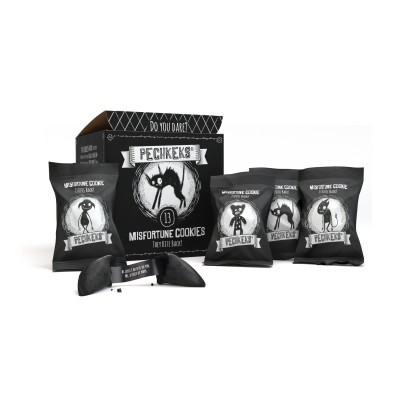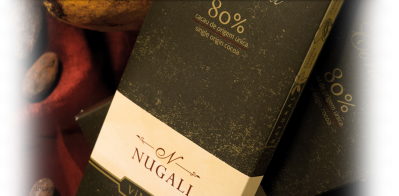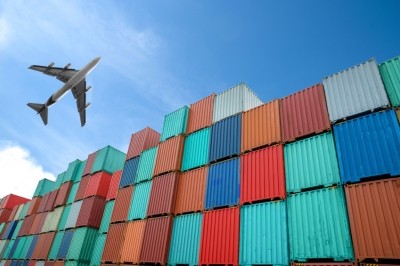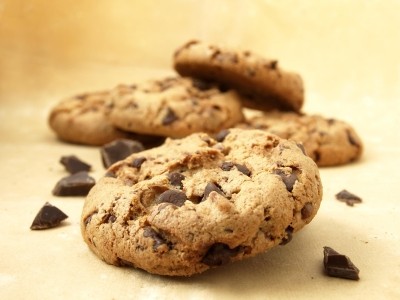Brazil’s cookie industry looks overseas as domestic penetration peaks
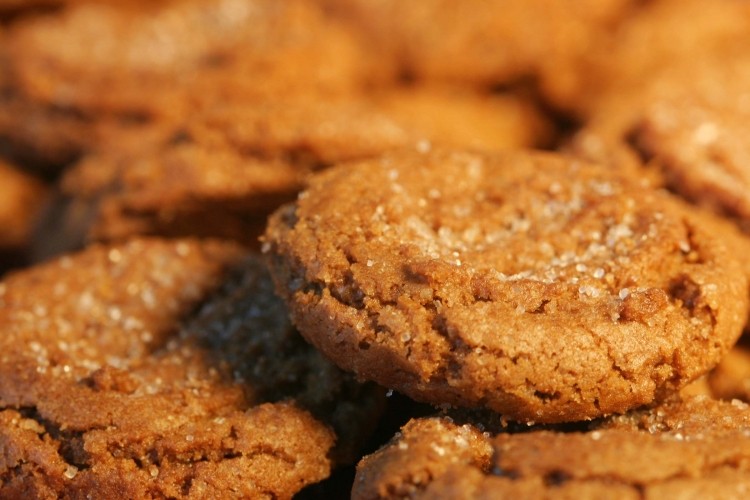
Cookies are already present in 99.9% of Brazilian households, representing 44.9m households. Brazilians purchase around 700 g of cookies on a typical supermarket trip, which occurs on average 27.8 times per year.
Huge domestic demand has made Brazil the second largest cookie producer in the world with an output of 1.27m metric tons (MT) in 2013, or 2% more than the 1.25m MT produced in 2012, according to Brazil’s National Cookie Industry Association (ANIB).
“The sector’s total revenues amounted to BRL7.91bn ($3.34bn) in 2013 and revenues have been rising at an average rate of 10% in recent years. In 2013 alone, ANIB member companies have seen their revenues rise by 12.7% compared to 2012. In terms of volume, the increase amounted to 1.7%,” said the organization. Brazil’s cookie makers reported revenues of BRL7.02bn (USD2.97bn) in 2012.
Export future
Nevertheless, the industry is wary that future growth lies outside Brazil. Brazil’s cookie makers are keenly aware that their once vibrant domestic economy is slowing down, which means that exports may hold the key to the cookie industry’s growth in the near future.
Despite a still overvalued Brazilian Real, the Brazilian cookie industry managed to grow exports by 31% between 2010 and 2013, in terms of value. In terms of volume, exports went up 27% in the same period. In 2013, Brazil’s cookie industry exported $155.8m worth of cookies, or 77,200 MT in terms of volume. The principal formats for exports include cookies, crackers, wafers and waffles.
Within Brazil the most popular cookies formats among domestic consumers are sandwich cookies (26.8%), crackers (21.4%), dry and sweet (15.4%), cornstarch cookies (11.3%), salty (8.5%), wafers (8.1%), ‘rosquinhas’/donut-shaped (5.9%), cookie (1.5%), assorted (0.4%), champagne cookies (0.3%) and imported (0.1%).
PepsiCo Innovation
Another key ingredient for growth is modernization and some of the key players in the local cookies market are hedging their bets on new and innovative products that will better meet consumer demand.
For example, PepsiCo Brazil announced this month that Mexico Bakery Center (MBC), PepsiCo’s first innovation center focused on development of cookie products, would help the Brazilian-based company to develop new products for the demanding Brazilian cookie market.
Located in Mexico, MBC will create new products that can attend more precisely the specific needs and demands of consumers
Four projects are already underway together with the research and development arm of PepsiCo Brazil and these projects focus on testing of equipment for Brazilian cookie plants and the creation of new products. “We will work in partnership with the centre on certain projects, which will permit us to advance significantly in terms of innovation. We will be able to speed up our development and circulate the latest global tendencies and know-how in the cookie field in the most rapid way possible inside our company,” said Vagner Beggo, PepsiCo Brazil’s senior manager of research and development.
In addition to working with Brazil, MBC will also develop projects for PepsiCo’s units in the USA, Canada, Australia, New Zealand, Turkey, Poland, Saudi Arabia, South Korea, Malaysia and Thailand.
